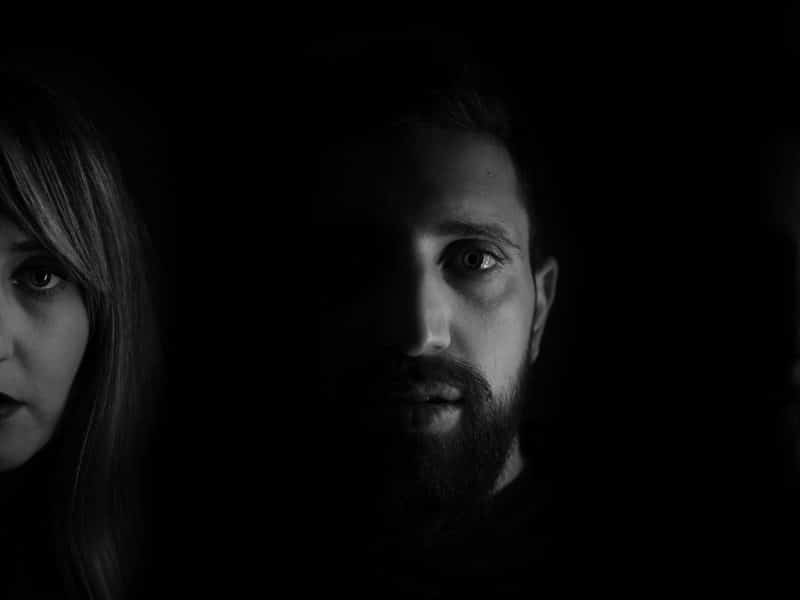Meghan Markle’s Dilemma and Latinx Culture’s Complicity in Colorism
After hearing Meghan Markle’s interview with Oprah where she discussed how it was a point of concern with some in the British royal family over how dark her unborn child’s skin tone might be, I was surprised by the seemingly odd wave of people that were shocked by this concept of colorism.

Growing up in the almost-exclusively Latinx neighborhoods of my city, I always got compliments on my olive skin tone and light hazel eyes. After hearing Meghan Markle’s interview with Oprah where she discussed how it was a point of concern with some in the British royal family over how dark her unborn child’s skin tone might be, I was surprised by the seemingly odd wave of people that were shocked by this concept of colorism. I grew up with many conversations of not pairing myself with someone too dark in fears of “dañar la raza” or basically ruining my future children’s skin tone by having them with a darker skinned partner. Though not ill-intentioned in nature, this concept of mixing races with those of darker skin tones was always something to avoid at all costs.

Copyright: CBS
Euro-centric beauty standards are not new to the Latinx community, though we have seen a rise in the curly/natural hair movement where mujeres are now embracing their “pelo malo” in lieu of trying to conform to straight hair beauty standards with chemical and heat tools. With Meghan Markle’s interview though, it’s important to point out that many in BIPOC and non-BIPOC communities have glamourized the concept of having mixed-race or light skinned children, something directly related to colorism.
The issue with this is that it not only contributes to the erasure of our ancestors who came in all skin tones but it also feeds into the concept of light skin being more desirable in our communities because of its top position in color hierarchy.
Despite the strides we have made in our own communities in self-love, colorism continues to pervade many women of color despite how successful they are.
It says a lot about society that Meghan’s Blackness, despite being light skinned herself, still created an obstacle for her children in being fully accepted into the house of Windsor. While Meghan’s skin tone was not as punished in her marriage to Harry (how cruel the press was is a different story), it became a problem when she chose to bear his children, the potential darker skin tone of her child making the Windsors fear how that would damage their image.
Meghan Markle’s plight to love and defend her child is invaluable in a world where Blackness is peddled as being less desirable to whiteness.

Source: Instagram
In a society where assimilation is celebrated, the Duke and Duchess of Sussex chose to relieve themselves of their roles in the royal family rather than raise their children in a toxic environment where they would be seen as others.
After the birth of their son, Archie, it was revealed that the declaration Queen Elizabeth made to give the Duke and Duchess of Cambridge William and Kate’s children prince and princess titles would not be extended to Archie, who as a result of not having a prince title, would also not have royal security protection. After exiting the royal family duties, it was revealed that media mogul Tyler Perry gave them safety and security in California.
We continue to encourage everyone to reject this exclusion and celebrate ourselves as we are, in the skin color we’re born with. At the end of the day, there’s nothing royal about racism.




